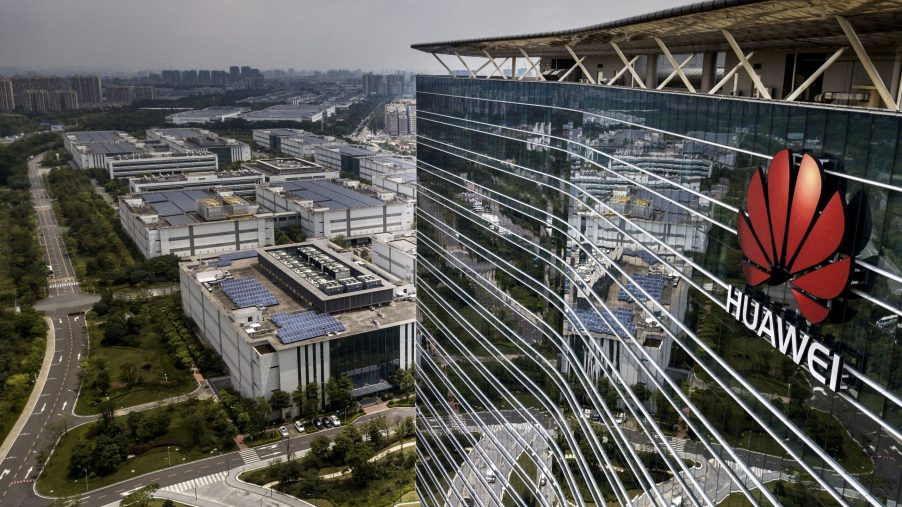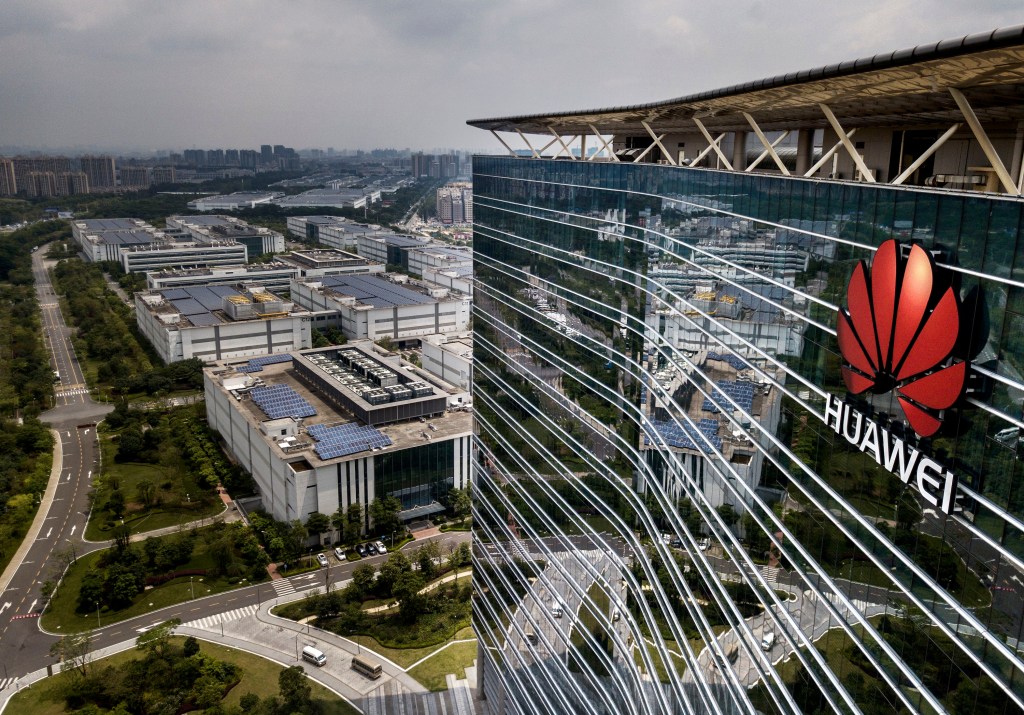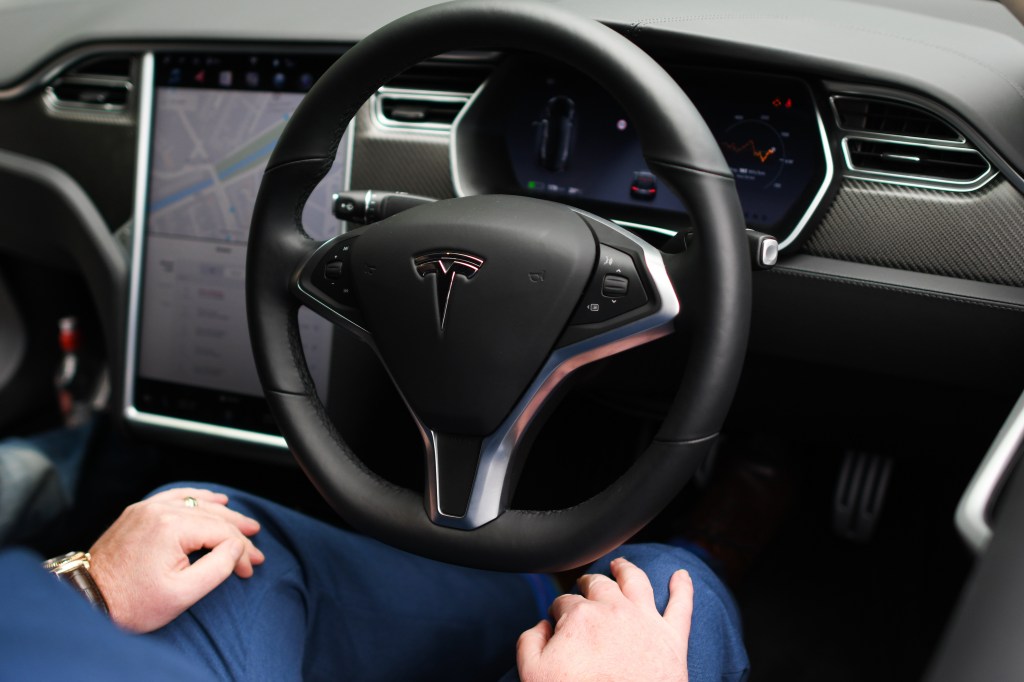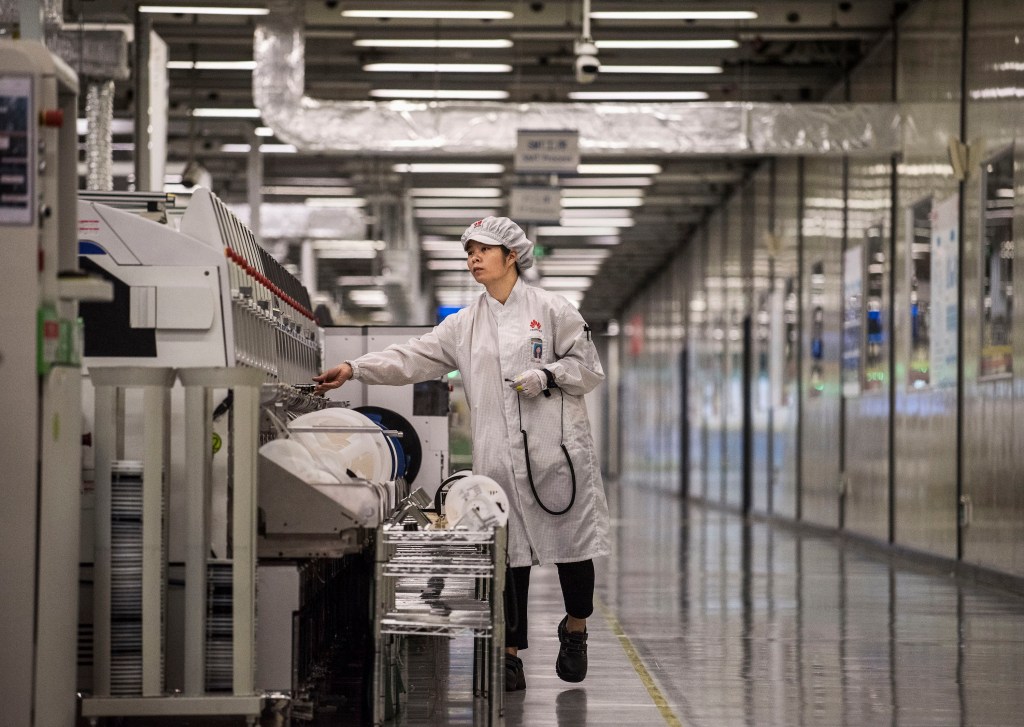
Huawei Bets $1 Billion That It Can Beat Tesla’s Autonomous Vehicles
Chinese telecommunications giant Huawei is setting its sights on the self-driving car market. The global computer chip shortage and U.S. trade tariffs have energized the company to diversify its interests. The company claims it already out-performs Tesla. What does this mean for the future of autonomous cars?

Huawei says its autonomous vehicles already surpass Tesla

Autonomous cars are classified into five levels. Levels one and two represent advanced driver assist technology but still require frequent driver intervention and absolute supervision. Level three still requires driver supervision but allows further control by the automated system.
Level four autonomy does not require a human pilot. Level five could be described as completely self-driving. The autonomous driving technology displayed by Huawei have been described as having level 4 functinality.
Tesla’s Full Self Driving cars have stirred up controversy for inspiring overconfidence. These cars fall under a level 2 classification. While the car can handle some situations without human input, it does require vigilant human supervision. Tesla was forced to
Tesla has earned an incredible amount of attention surrounding its self-driving cars. From the excitement before the first autonomous Tesla was released to the disappointment in the under-whelming delivery. Currently, Tesla’s self-driving mode requires driver input every 10 seconds. Huawei Rotating Chairman Eric Xu told Automotive News that Huawei’s autonomous system could self-pilot for 621 miles without human intervention.
The controversy surrounding Huawei and cybersecurity
Huawei was founded in 1987. Over the last 34 years, it’s grown to become the largest seller of mobile communications devices and networking equipment in the world. The company is so large that it employs nearly 200,000 people. The United States and other countries have security concerns about this and other Chinese tech companies.
Chinese intelligence laws are to blame for the suspicion. These laws are vague, and many warn they could pose a digital security threat to Huawei technology users. Under these vague laws, the Chinese government could force Huawei to collect and hand over data on its users.
Huawei faces obstacles on the road ahead

Huawei is one of many Chinese companies affected by U.S. tariffs. These tariffs were put in place under the Trump administration and have faced harsh criticism from the beginning. Coupled with COVID-19 supply chain shortages, these tariffs will cost the computer chip industry more than $60 billion.
The Biden administration shows no sign of walking back these tarifs regardless of their crippling hold on several global industries. Huawei has an eye toward the future. The company has also begun to expand into the health care and smart agriculture industries.
It’s unclear when global supply chains will return to pre-COVID numbers. Many predict the impact would fade by 2023. The tariffs imposed by the U.S., however, could last much longer. It’s clear by Huawei’s quick pivot that it will take a lot to well its ambition.


